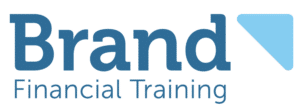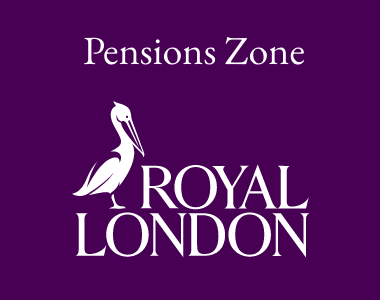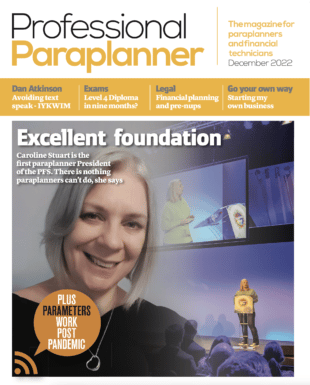Whether you are preparing for your exams, or simply want to keep your knowledge up-to-date, Professional Paraplanner’s Development Zone can help.
Every month, in conjunction with Brand Financial Training, we provide a series of questions from across the syllabus which aim to test your knowledge of the financial services market, as part of your overall self development training goals and exam techniques.
The following questions relate to examinable Tax year 23/24, examinable by the CII until 31 August 2024.
You will find the answers separately under the Development Zone tab on the Professional Paraplanner website.
We hope you find our Q&A useful in achieving your qualifications.
QUESTIONS
1. The standard medium term time frame when discussing investment objectives is
A. up to five years.
B. from five to fifteen years.
C. from ten to fifteen years.
D. more than fifteen years.
2. Within a split capital investment trust, the “hurdle rate” is an indication of the
A. capital and income return on a particular share until wind-up.
B. annual growth rate investments must achieve to pay the current purchase price, the pre-determined redemption value, or the value at wind-up.
C. ratio by which the predetermined redemption value for a class of shares is currently covered by those assets of the company that are available for them.
D. annual percentage rate required to cover each share class at wind-up but based on growing only the equity portion of the portfolio.
3. Liz has been off work sick for six months and is being paid through her employer’s income protection (IP) policy. Which of the following statements concerning the tax treatment of the IP is correct?
A. Liz will receive a gross amount of IP benefit from her employer as sick pay.
B. The premiums paid by the employer are not classed as an allowable expense.
C. The benefit is paid directly to the employer and treated as a trading receipt.
D. The premiums are treated as a taxable benefit in kind for Liz.
4. Sacha has several personal pension plans with small fund values. In relation to the small pots payments rules, Sacha should be aware that (Tick all that apply).
A. he can take a maximum of three small pots payments from non-occupational schemes.
B. he can take an unlimited number of small pots payments from non-occupational schemes.
C. small pots payments must be less than £10,000.
D. Sacha must be over the age of 50 to commute his pension benefits for a lump sum.
5. Protection against an inheritance tax liability may be beneficial for what reason?
A. Estates over the value of the nil rate band are charged on an increasing scale.
B. Unused allowances of spouses are lost.
C. Executors are liable for paying any IHT before the estate is distributed.
D. Transfers between spouses are only exempt up to the value of the nil rate band.
6. If an investment portfolio has an annualised return of 8% compared to a 3% return from a risk-free investment and the standard deviation of the portfolio is 7%, the Sharpe ratio is
A. 0.5
B. 0.71
C. 3.5
D. 7.1
7. With regard to Depositary Receipts (DR), the number of shares that each DR represents is called the
A. DR ratio.
B. equity ratio.
C. share ratio.
D. receipt ratio.
8. Maurice gifted his home into a trust for the benefit of his family five months ago with the aim of reducing the overall Inheritance Tax (IHT) liability on his estate. He subsequently suffered a stroke and now needs to enter residential care. How are the local authority likely to treat the property when carrying out a funding assessment?
A. It will be considered as it continues to be capital owned by Maurice.
B. It will be disregarded after consideration of motives as bona fide IHT planning measures are unlikely to be regarded as deliberate asset deprivation.
C. It will not be taken into account as it is a potential exempt transfer for IHT purposes.
D. It will be considered part of his capital as the beneficiaries are close relatives.
9. If a customer takes out a Home Reversion Plan, the provider may well carry out a credit check. What purpose does this credit check serve? To ensure the
A. customer can meet monthly repayments.
B. plan is suitable for the customer’s needs.
C. risk of a third-party claim on bankruptcy is reduced.
D. suitability of the property as security is assessed.
10. How does the Bank of England control price inflation?
A. By promoting economic growth.
B. Through quantitative easing.
C. By minimising unemployment.
D. By managing interest rates.
“Need help with your CII exams? For resources including mock exam papers and e-mocks, calculation workbooks, revision notes, audio masterclasses and video tutorials do visit Brand Financial Training at https://brandft.co.uk and don’t forget to download your free taster versions!”































